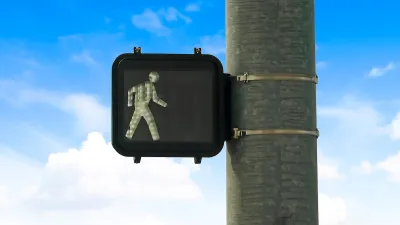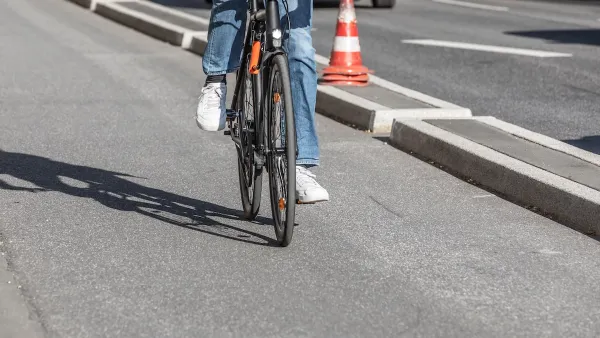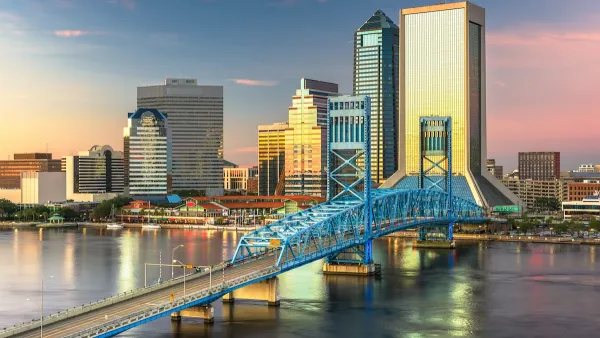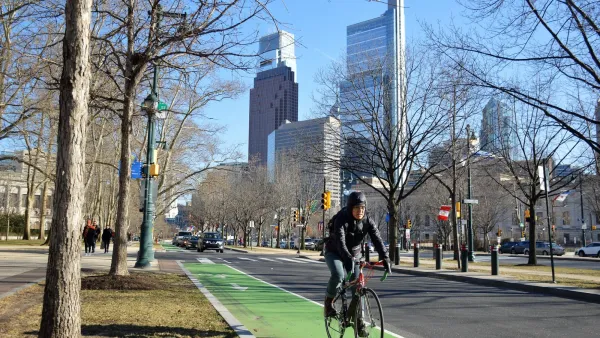Around the United States, traffic deaths are growing or plateauing, yet efforts to make roads safer still face political opposition.

In an article for KFF Health News, Vanessa G. Sánchez outlines the efforts local, state, and federal legislators are making to reduce traffic fatalities, which continue to grow or plateau in most U.S. communities. “In 2022, more than 42,500 people died on American roads, and at least 7,522 pedestrians were fatally struck – the highest tally of pedestrian deaths in more than four decades,” Sánchez points out.
States like New York and Michigan passed laws that allow local jurisdictions to set their own speed limits, letting cities lower speed limits in dangerous areas. “In Los Angeles, voters approved a measure that forces the city to act on its own safety improvement plan, mandating that the car-loving metropolis redesign streets, add bike lanes and protect cyclists, transit riders and pedestrians.
”At the federal level, the Biden administration has directed over $15 billion to road safety efforts and $5 billion in local grants. And while some advocates say the agency didn’t go far enough in reforming its rules, the historically reticent Federal Highway Administration (FHWA) issued new guidance that explicitly calls for pedestrian and cyclist safety measures and, earlier this year, proposed changes to the Highway Safety Improvement Program that would similarly include vulnerable road users in highway safety plans.

National Parks Layoffs Will Cause Communities to Lose Billions
Thousands of essential park workers were laid off this week, just before the busy spring break season.

Retro-silient?: America’s First “Eco-burb,” The Woodlands Turns 50
A master-planned community north of Houston offers lessons on green infrastructure and resilient design, but falls short of its founder’s lofty affordability and walkability goals.

Delivering for America Plan Will Downgrade Mail Service in at Least 49.5 Percent of Zip Codes
Republican and Democrat lawmakers criticize the plan for its disproportionate negative impact on rural communities.

Test News Post 1
This is a summary

Test News Headline 46
Test for the image on the front page.

Balancing Bombs and Butterflies: How the National Guard Protects a Rare Species
The National Guard at Fort Indiantown Gap uses GIS technology and land management strategies to balance military training with conservation efforts, ensuring the survival of the rare eastern regal fritillary butterfly.
Urban Design for Planners 1: Software Tools
This six-course series explores essential urban design concepts using open source software and equips planners with the tools they need to participate fully in the urban design process.
Planning for Universal Design
Learn the tools for implementing Universal Design in planning regulations.
EMC Planning Group, Inc.
Planetizen
Planetizen
Mpact (formerly Rail~Volution)
Great Falls Development Authority, Inc.
HUDs Office of Policy Development and Research
NYU Wagner Graduate School of Public Service





























